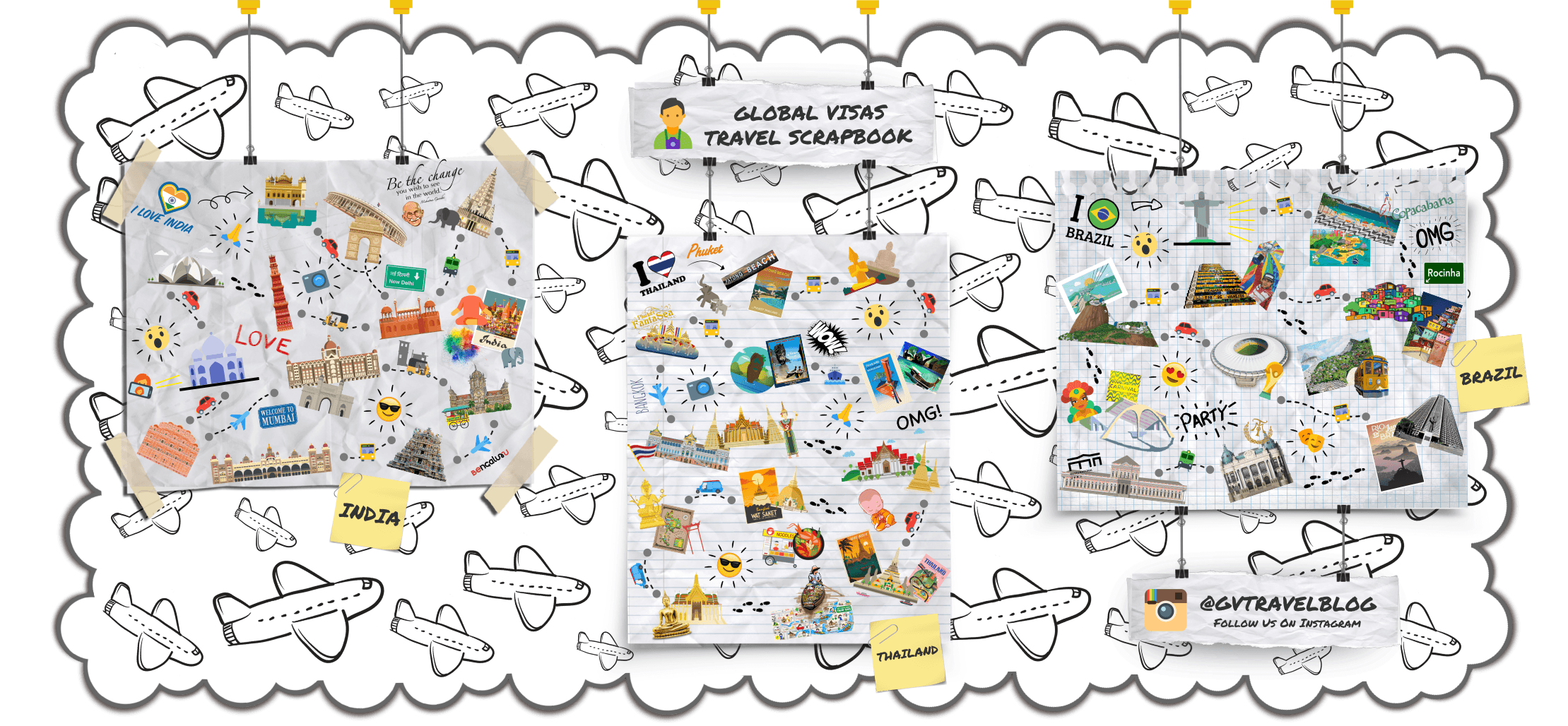BY BUS:
Most people in Albania travel by public bus or private minibuses (called “furgons”), which depart quite frequently to destinations around Albania. Furgons have no timetable (they depart when they are full) and in addition to big cities provide access to some smaller towns where buses don’t frequently run. Furgon stations aren’t always in obvious locations, so you can ask around to find them, or keep an eye out for groups of white or red minivans gathered together. Destination place names are generally displayed on the dashboard, prices are never posted (but to get an idea, Tirane to Vlore is about 600 lek). Furgons are loosely regulated, and provide a real “Albanian” experience.
From Tirana, many furgons a day depart to Shkoder, Durres, Elbasan, Fier and Berat. Furgons departing to the south like Gjirokaster or Saranda tend to depart fairly early in the morning. Generally, furgons cost a little more and go a little faster, but can be uncomfortable over long distances because of the close quarters with other passengers.
Buses are more comfortable and cheaper, and although slower, they run on a time schedule (though it is almost impossible to find a printed schedule anywhere in the country) and are generally well regulated. There are different bus stations in Tirane for northbound buses (Shkoder, Leizhe, Puke, etc.), and southbound buses (Saranda, Gjirokastër, Berat, Vlore, Fier, etc.)
BY TRAIN:
Limited services operate between Durres, Kashar near Tirana and Shkodra, perhaps also elsewhere. The train route from Lezhe to Shkodra has scenic beauty. The Tirana (Kashar)-Durres trains (and vice versa) depart up to 8 times a day. Timetables are available here or here (June 2017). You get the most accurate information on the spot in the train stations. Usually there are handwritten timetables. The trains in Albania are in poor condition, despite the route from Tirana to Vlore looking convenient on a map, the more wealthy Albanians never use trains and if not travelling in their own cars, use the many mini-buses. On the other hand, trains offer more space than often overloaded minibuses.
A train ride is a must-see, as there are few such enjoyments in Europe these days. Tickets are very cheap and the journeys are very long, but the views and the atmosphere are usually priceless. Among the things you will see in this unforgettable journey are people working their land with primitive tools, beautiful landscapes and wild terrains, houses under construction with various things hanged on to guard against the bad eye, and a chance to meeting some interesting passengers mainly from rural areas. On most stations you’ll find people selling sunflower seeds, fruits, chewing gum and many other different things – very unusual in Europe.
Note that the train from Tiranë to Librazhd in the center of the country first goes west to Durrës, so that the trip from Tiranë to Elbasan takes several hours, while the actual direct distance is about 30 km. So you may consider to take a bus to Elbasan, also because the western part of the country is not nearly as scenic as the eastern part.
BY CAR:
The roads between the important destinations have been recently repaved and fixed, and offer most of the security measures one would expect on a highway. However be aware that some highways are not fully completed, and contain uncontrolled entry-exit points. There are no fees for using the highways.
Beware of minor roads. Road surfaces can be poor, deeply pitted, or non-existent, and sometimes a decent paving can suddenly disappear, necessitating a U-turn and lengthy doubling-back. It seems all the expensive cars in Albania are SUVs, rather than low-slung sports cars – and for good reason. Ask the locals in advance if travelling away from a highway.
Highways have frequent changes in speed limit (sometimes with little apparent reason). And there are frequent police mobile speed checks. Police will also stop you if you have not turned on your car lights.
Ensure you travel with driving licences and insurance documents (ask your car hire company for these) to present to the police.
Car-driving behavior on the highways is not as orderly as elsewhere in Europe. Expect cars to pull out in front of you, little use of indicators, and hair-raising overtaking. Lanes on dual or triple carriageways tend to be observed. Also expect pedestrians, horses or donkeys cross highways or walk on them. In the mountains, roads can be quite tight and windy with hairpins and serpentines requiring frequent gear shifting and braking. Drivers are encouraged to always keep a spare tire in case of emergency, and check engine liquid levels to avoid overheating.
Navigation is pretty easy although some maps of the country are out of date or contain errors. It is strongly recommended to have an up to date GPS, as new roads are being constantly added to the Albanian road network. In case the GPS does not work, its good to have an alternative good paper or internet-based map.
In the cities, and especially Tirana, many roads are being upgraded, fixed, and renamed. Because of that, traveling by car inside the city will be slow and difficult. Tirana suffers from great traffic congestion during mornings and midday.
A very nice ride is the SH8 Vlorë-Saranda mountain road. It is a typical Mediterranean road and offers an amazing view of the sea from the mountains. The road to the top of Dajti mountain is very bad, though does not (just about) require a 4×4.
Beggars and beggar children may approach your car at major stop lights. Nudge slightly forward to get them off your car and if necessary go into the traffic intersection to get rid of them. The locals will understand.
Around Greek holiday seasons, including Orthodox Easter, the roads leading to/from Greece can be crowded with cars with Greek plates of Albanian immigrants going to Albania or returning to Greece after their holidays.
Renting a car is a good option to choose, but the practice is fairly new in the country. Rental companies are available mainly in Tirana Airport, and Tirana proper. Various travel agencies may offer such services as well.
BY BICYCLE:
There is a lack of respect for people riding on bikes on the highways. Also there are few places to put your bike. These and other challenges make Albania a difficult cycling destination, but a rewarding one. Often, asking around to see if you can stay in somebody’s home or camp in their garden is the only option. Food and water are easily available in the frequent roadside cafes and bars.
It is OK to camp in all not strictly private places, and even if the places are private there should be no problems with your stay, ask if you doubt.
Be aware that it’s very hard to get parts or repairs of modern bicycles.









